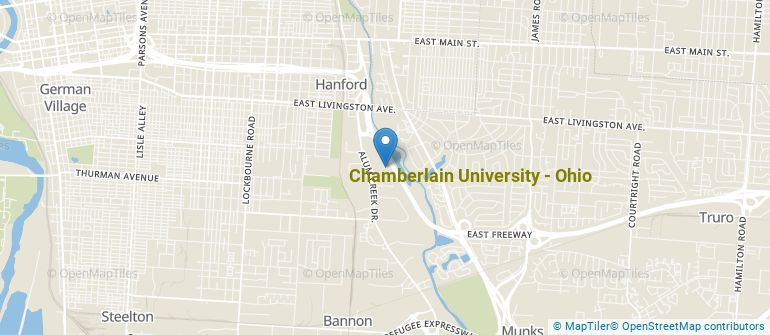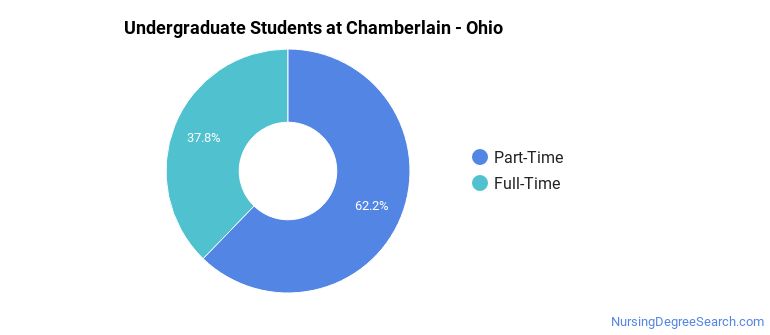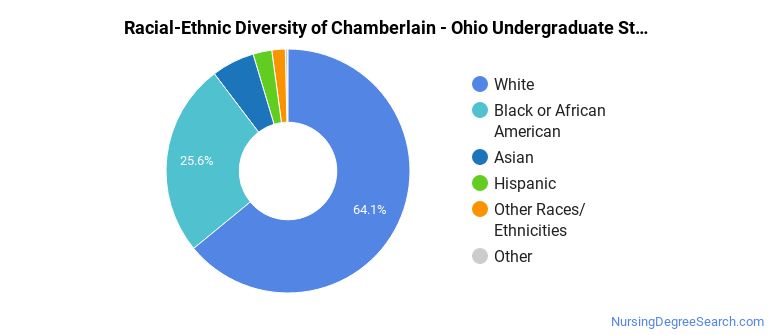Chamberlain University - Ohio Nursing Programs
Located in Columbus, Ohio, Chamberlain University - Ohio is a private for-profit institution. The location of the school is great for students who enjoy the amenities of city life.
Where Is Chamberlain University - Ohio?

Contact details for Chamberlain - Ohio are given below.
| Contact Details | |
|---|---|
| Address: | 4111 Worth Avenue, Columbus, OH 43219 |
| Phone: | 614-252-8890 |
| Website: | www.chamberlain.edu |
How Do I Get Into Chamberlain - Ohio?
You can apply to Chamberlain - Ohio online at: https://community.chamberlain.edu/s/application
Admission Requirements for Chamberlain - Ohio
| Submission | Required? |
|---|---|
| High School GPA | 1 |
| High School Rank | 3 |
| High School Transcript | 1 |
| College Prep Program | 3 |
| Recommendations | 3 |
| SAT or ACT Scores | 5 |
| TOEFL | 5 |
How Hard Is It To Get Into Chamberlain - Ohio?
Can I Afford Chamberlain University - Ohio?
Student Loan Debt
It's not uncommon for college students to take out loans to pay for school. In fact, almost 66% of students nationwide depend at least partially on loans. At Chamberlain - Ohio, approximately 100% of students took out student loans averaging $9,500 a year. That adds up to $38,000 over four years for those students.
Chamberlain University - Ohio Undergraduate Student Diversity

Gender Diversity
Of the 281 full-time undergraduates at Chamberlain - Ohio, 12% are male and 88% are female.

Racial-Ethnic Diversity
The racial-ethnic breakdown of Chamberlain University - Ohio students is as follows.

| Race/Ethnicity | Number of Grads |
|---|---|
| Asian | 16 |
| Black or African American | 72 |
| Hispanic or Latino | 7 |
| White | 180 |
| International Students | 1 |
| Other Races/Ethnicities | 5 |
Chamberlain University - Ohio Nursing Concentrations
The table below shows the number of awards for each concentration.
| Major | Bachelor’s | TOTAL |
|---|---|---|
| Registered Nursing | 148 | 148 |
| TOTAL | 148 | 148 |
References
*The racial-ethnic minorities count is calculated by taking the total number of students and subtracting white students, international students, and students whose race/ethnicity was unknown. This number is then divided by the total number of students at the school to obtain the racial-ethnic minorities percentage.
More about our data sources and methodologies.
